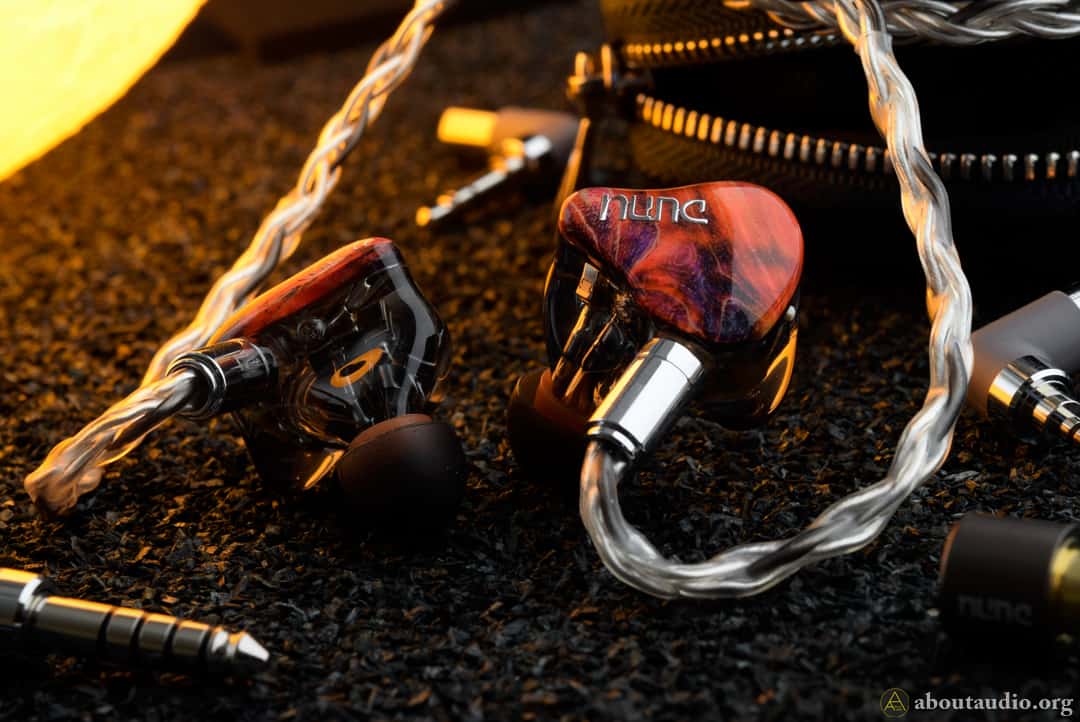 Dunu SA6 Review: Something serious
Dunu SA6 Review: Something serious
For those who have been putting their interest in the portable audio hobby, Dunu should likely be one of those brands that you would have heard by now. We did a number of reviews for Dunu IEMs by now and so far their outputs have been thoroughly impressive to me and many others. Dunu has been presenting a variety of IEMs with different styles and tuning, though they had one thing in common – a dynamic driver. They always tended to equip their IEMs with dynamic drivers; by pairing it up with Balanced Armature drivers, installing just a single well-made driver, or even bundling up multiple dynamic drivers at once.
Okay, there was a short instance where Dunu made a non-dynamic driver CIEM before. However, I would not count that since the brand itself was not fully established back then. So as I go through multiple Dunu products, I used to think every now and then about how Dunu would execute a pure-BA IEM. Right around when I started to assume that Dunu opposes full-BA setups, guess what – Dunu has finally announced their full-BA IEM, the Studio series. Two models marked the beginning of this new Dunu line-up which are SA3 and SA6. Let us first put SA6 to the test and see how it performs and sounds.
 Packaging
Packaging
Stepping up, the new SA series sure has a lot of differences compared to their previous outputs. One of the differences could already be found upon its arrival at your doorstep – the packaging box is now visibly smaller and compact. The size of the box is similar to the ones from Campfire Audio. Still, the beautifully designed exterior rather gives a minimalistic vibe instead of feeling cheapy. Besides, the box may have gotten smaller but SA6 is still included with a variety of quality accessories. Other than the earpiece, the package includes a premium stock cable, 3 sets of modular plugs (2.5mm, 3.5mm, 4.4mm), a leather zipper case, 4 pairs of wide-bore eartips, 4 pairs of narrow-bore eartips, 3 pairs of short-sized eartips, an AV adapter, a cleaning tool, and some paperwork.
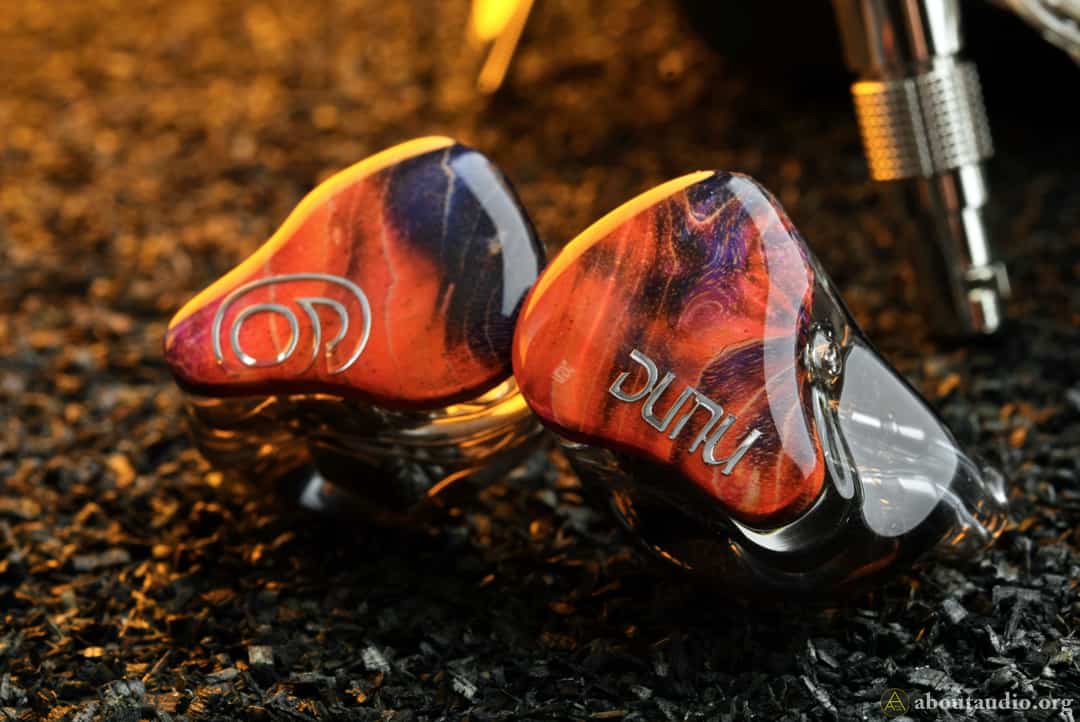 Earpieces
Earpieces
First off, let us talk about the drivers. SA6 houses 6 Balanced Armatures per side and which comprises both Knowles and Sonion drivers. 2 AcuPass Vented Sonion woofers take charge of the lows, 2 custom Knowles drivers for the mids, and 2 custom Knowles tweeter for the highs. On a personal note, I much enjoy Sonion drivers as they tend to produce a superior bass response. SA6 is also topped with a switch for changing tuning modes. While keeping the switch turned off would play the default sound, turning the switch up would enable SA6’s Atmospheric Immersion sound signature.
Dunu also chose resin (German Nice-Fit UV resin) as the housing material for the Studio series. The faceplates are made of high-grade stabilized real wood that draws out different patterns and colors for every earpiece. It is also interesting that the cable sockets are terminated as recessed 0.78mm standard 2pin while Dunu has been using MMCX for their products. Their earlier resin IEM also uses 2pin, so perhaps this was something we were expecting to see. The shell has a transparent dark blue color with the nozzles divided into three bores. The diameter of the nozzles is between T400-T500, making it compatible with most other aftermarket eartips (Spiral Dots, Xelastec, etc.) The shell is compact and ergonomically shaped, providing a flawless, secure, and comfortable fit.
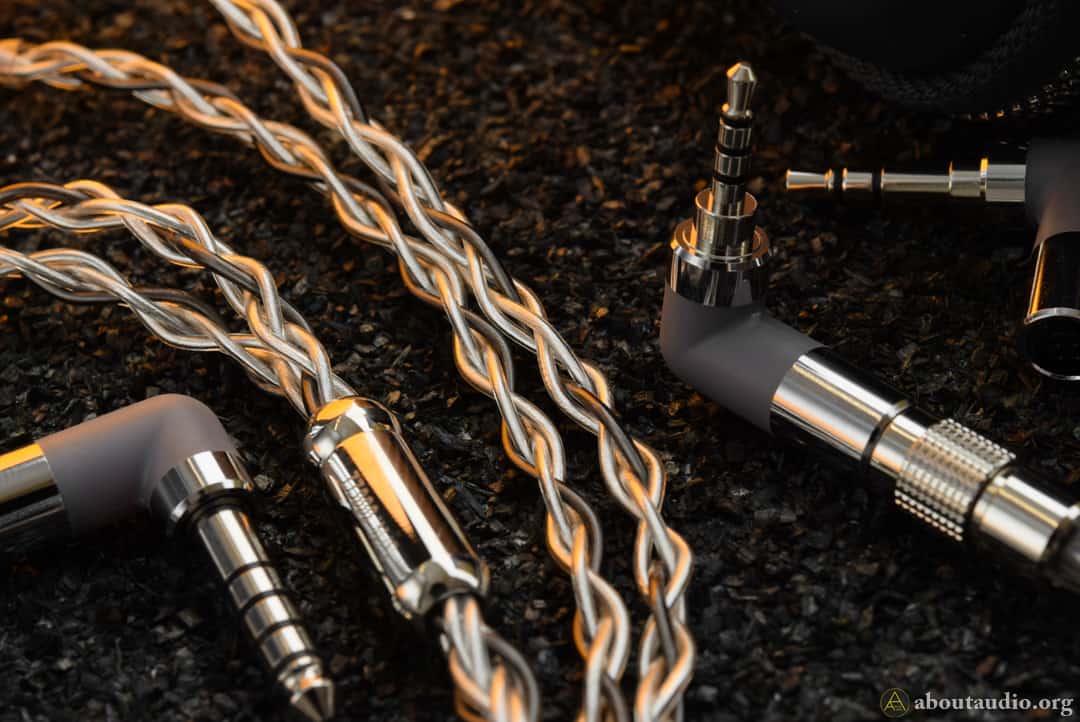
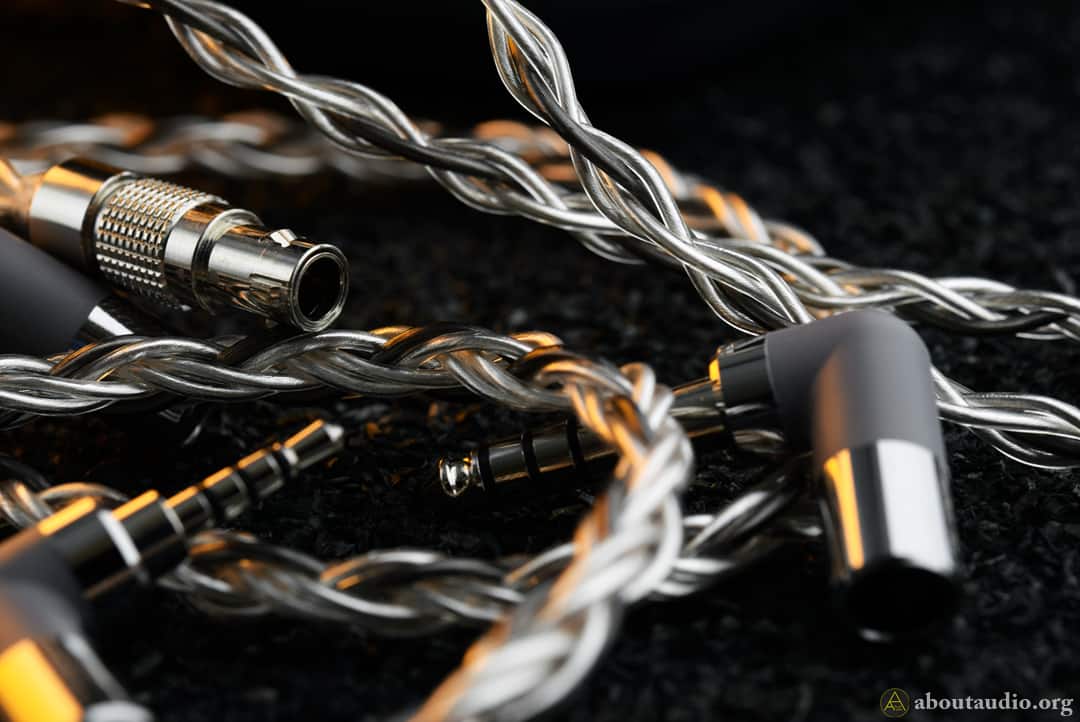 Cable
Cable
SA6’s stock cable is made of 8-core high-purity Monocrystalline Silver-Plated copper wires. The sleeves are made of pure white and brown to give it a two-tone look. For the termination, it uses standard 2pin connectors and Dunu’s Quick-Switch Modular Plug System as we would all be familiar with by now. One interesting change is that the tips of the modular plugs are rhodium plated instead of their usual modular plugs that use gold. The cable is very soft and quite light considering it being an 8-core cable. Microphonics are not an issue here as the cable is not springy or stiff in its nature.
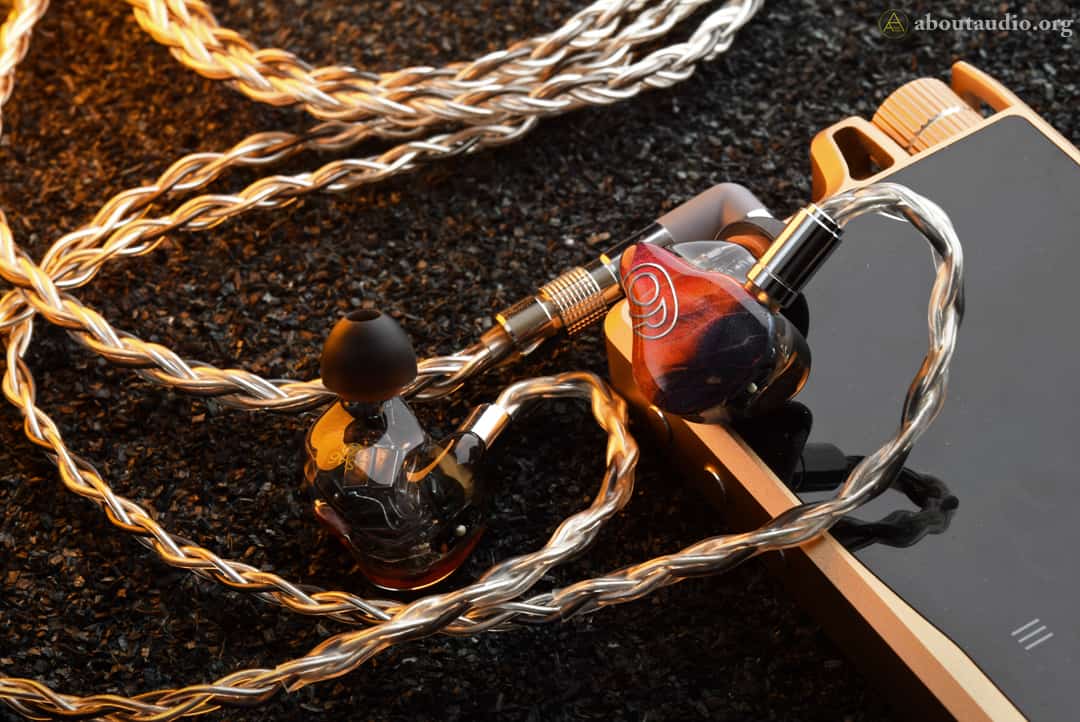 Sound Impressions – Lows
Sound Impressions – Lows
First, let us talk about the bass. SA6 presents a mellow and lush bass that is ultimately very well leveled. This brings the impression that lows are linear while they are technically not (since they’re lively and plentiful). The bass quantity sits around being slightly v-shaped; not bombastic or thundering, nor flat or flattish. Sure not enough or bassheads, but more than better for delivering thick and masculine grooves. The bass makes a consistent, thick flow throughout the low-range. The dynamics and bass impacts are thorough yet done in a neat, graceful manner which allows the lows to achieve harmony with the music – so that the overall sound feels unified as a whole. The bass texture tips towards the smooth, creamy style but without the possibly unwanted elements when we say “smooth”. This is also what I believe to be one of the bold merits that SA6 has. Despite its smooth nature, the textures cleanly reveal the fine grains while consisting of speed and tightness.
Lows do not feel bloated or mushy either. SA6’s bass shows meaty and thick density that gives the solid low-end establishment a full and large enough body. However, the density and hardness are not cranked up to the point where they would start to make the texture feel rigid or stiff. Every bass notes are delivered with weight, seriousness, and darkness, making calmness (or matureness) to be a key characteristic of SA6’s bass. The ultra-low extension may come as a concern for some, but Dunu is known for putting effort into their bass. SA6’s bass performance is far better than saying “decent for a full-BA IEM”; it actually stacks up with a solid dynamic driver. But feeling snappier and quicker in its response. Anywho, does its full-BA nature shows any shortcoming in terms of performance? I would say no. Not really at all.
 Sound impressions – Mids
Sound impressions – Mids
Producing good mids is not an easy task for full-BA IEMs, though SA6 sure made it seem far easier. The moist and rich cleanness first catches the attention. The tone is on point without any metallic presence or visible change in tone. Vocals are just slightly meatier than neutral, gives a fuller and bigger body while not getting so bulky in thickness. Though SA6 retains the pleasant rigidness and tightness that we often seek from full-BA setups. Along with the thorough depth, mids show a glimpse of warmness that makes the vocals stay organic and more easy-going. Upper mids gain a slight boost in airiness but still within the warm (or neutral) state and do not get strong to be considered cool or cold. This does not mean that the vocal atmosphere is stuffy though, as good transparency and breeziness are present throughout the mids.
The brightness is mildly darker than neutral. This is just enough to make the overall tone calmer while not diminishing the airiness. Just as the lows did, vocals are highly stabled in its flow throughout the mid-range. Sibilance does not occur whatsoever, nor the metallic warps that are often considered versatile for full-BA setups. The emphasis and positional presentation are extremely consistent and accurate, making SA6’s tuning worth calling a home-run.
The Atmospheric Immersion Tuning
The overall sound ray (yet especially lows and mids) would get mildly thicker and larger. The tonal balance and overall characteristics are impressively stable, bringing extra wideness and fullness to SA6 while barely affecting any other element from the original tuning. The tones are deeper both in colors and depth, providing a gentle boost to the bass thumps. This is perhaps one of the most seamlessly tuned switches I have encountered. The Atmospheric Immersion Tuning does an outstanding job adding an adequate amount of grande characteristics to the sound.
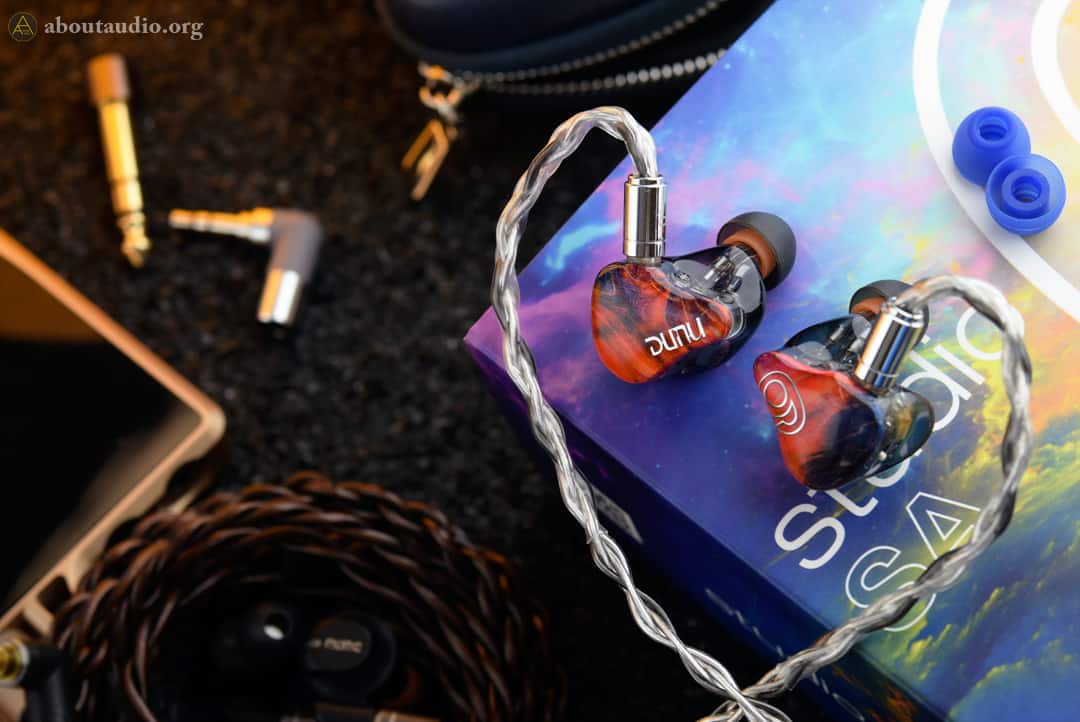 Sound impressions – Highs, etc.
Sound impressions – Highs, etc.
Let us stop here a moment and think about EST drivers – they are being loved since its utterly powerful treble performance, of course, but I believe the next most powerful merits of EST drivers are due to its fine texture (or layers). You might be wondering why am I talking about EST drivers while SA6 does not include any – and that is because SA6 achieves a similar fineness and smooth splashiness that an EST driver would produce. Quite entertaining as such similar fineness is present while retaining the tightness and “fast retrieval impression” a usual BA tweeter would have. Therefore, trebles feel more engaging and better backed up with thickness than an EST driver would normally have. I would say this would be one good example that proves BA tweeters are not always unequaled to EST drivers.
Trebles make a clean and virtuous splash where the endpoint is well presented with fine strands of its textures. The temperature is just about right to give a cool, breezy, and opened up impression while not getting cold or icy. The brightness is toned appropriately to sound refreshing, thus relieving any warmness happening from the lower-end. Highs are located similarly to mids but not overpowering whatsoever. SA6 is skilled when it comes to delivering good treble power and finesse without getting hot in intensity. The soundstage is well presented with characteristics that explain the reason for its lineup name – Studio. SA6 draws a private and quiet background with a reference-style headroom. The dynamics are gently emphasized to bring out the intended musicality and fullness for the music while keeping an unexaggerated, neutral stage size. As described in the treble impressions, the separation is stellar that could even attempt to compete against EST drivers.
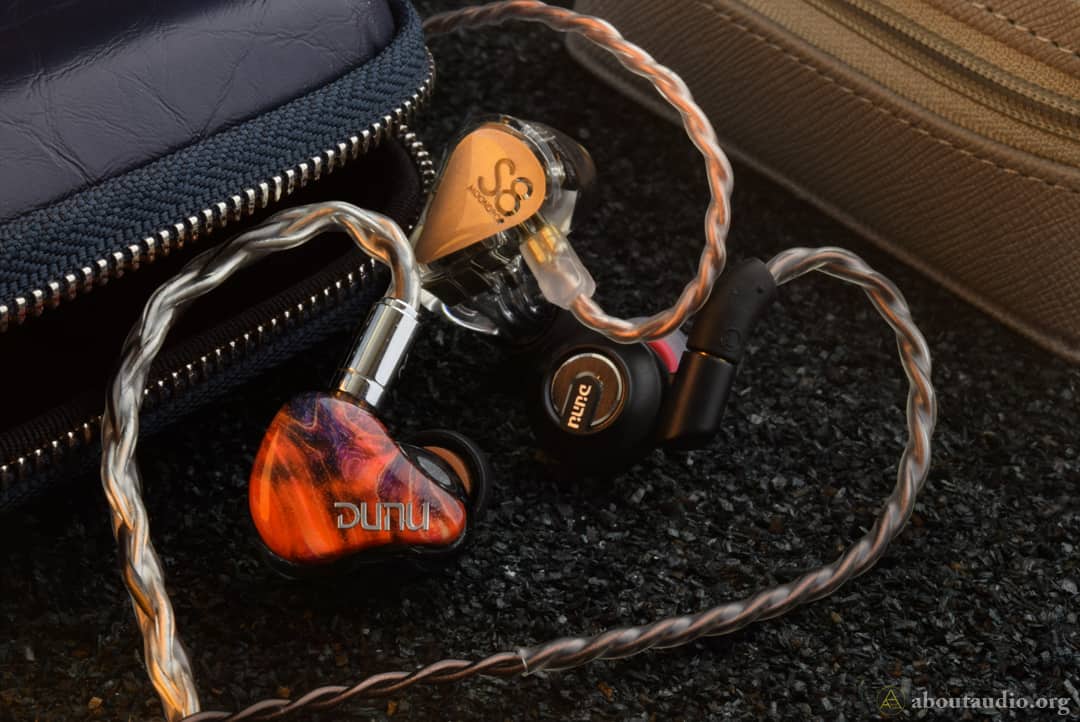 Comparisons
Comparisons
-Moondrop S8-
Both are very similar in terms of overall sound signature and style. S8 highly desires a reference tuning, showing a mild w-shaped sound signature with its charms blooming at the mid-highs. But of course, there are still a handful of differences. Vocals from S8 sound more slender and slimmer while SA6’s are a bit fuller and more expansive. Alongside, vocals from SA6 sounds livelier with more air going on. S8 sure sounds airy too, but the airiness from SA6 feels more “active” and displays the upper-end openness more vividly. The bass would be the largest difference between these two IEMs. SA6’s lows throw a visibly stronger blow, as well as revealing a deeper and thicker bass presence.
Tonality-wise, both are once again similar. Yet with just a mildly stronger coloration on S8. Both the quantity and type of coloration do not harm the naturalness of the tone – but instead make female vocals sound softer and shinier (this is a type of tone that would make much benefit especially for J-Pop). In general, S8 strictly sticks to the flat, ‘Harman-Kardon’ reference style while SA6 is executed in a more musical and richer manner. On a personal note, while the gap may not be so drastic, I would take SA6’s side for choosing the winner.
-Dunu DK-3001 Pro-
Seems like SA6 outdid one of Dunu’s most iconic product. Each driver is better aligned with each other to provide a coherent, harmonious phasing. Perhaps we could have given a bit of an excuse for DK-3001 Pro when it comes to a matter of phasing (since it is a hybrid setup). However, SA6 does such a greater job infusing those multiple drivers into a singular sound that overrides all other excuses. Vocals are finer and more neutral in tone. The reverbs (bass punches, treble splashes, vocals, etc.) form a spontaneous ringing that makes the flow of the overall sound to feel “how it is supposed to be”.
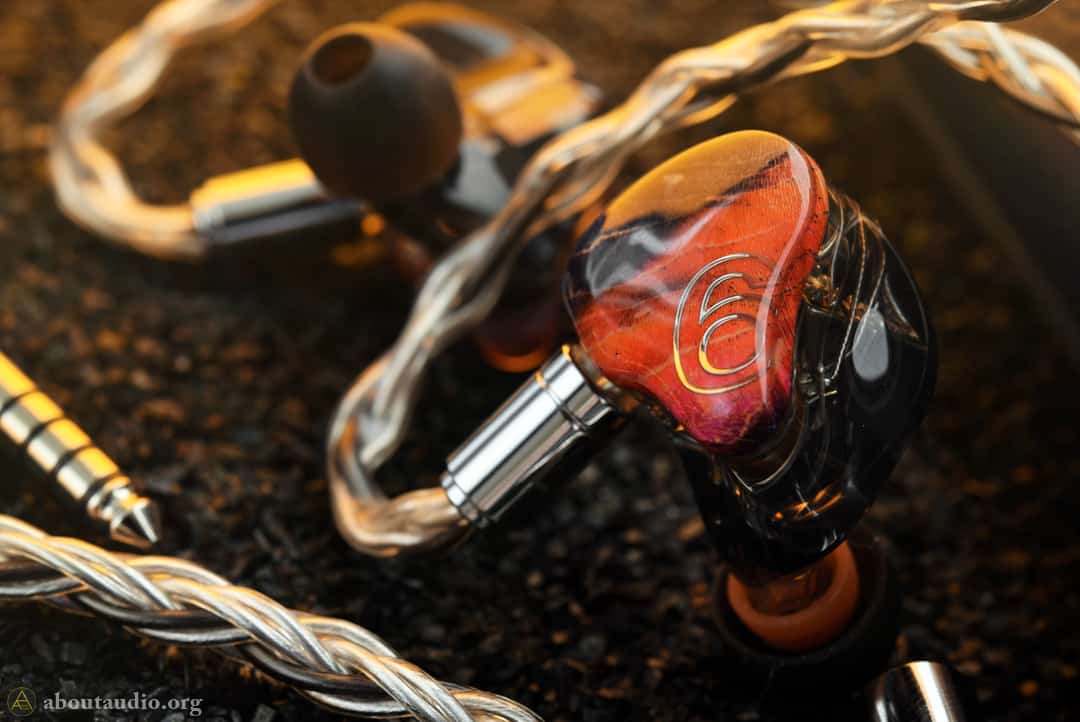 Verdicts
Verdicts
Putting all the concerns I had with Dunu’s attempt on full-BA setups, SA6 is a fabulous, elaborate IEM. It performs very well for its asking price and it would not be an exaggeration that SA6 could stack up against sub-flagship or flagship IEMs around $1k. SA6 should be pleasable for a majority of audiophiles as it manages to produce thorough dynamics, musicality, and fullness all while setting its base to the clean, highly-balanced reference tuning. Alongside, the Atmospheric Immersion Tuning lets users make a gentle adjustment that shows near perfection in maintaining SA6’s original reference setup. For those who seek clean, clear, and detailed sounding IEM that is topped with fatigue-free smoothness and dynamics, this big brother IEM from Dunu’s new, fresh lineup would be a splendid choice.
RELATED REVIEWS
Dunu Luna Review Falcon-C Review Dunu Hulk Review
DK-2001 Review DK-3001 Review DK-3001 Pro Review DK-4001 Review
Thanks to Dunu for providing Studio SA6 in exchange for an honest impression/feedback.
I am not affiliated with Dunu and none of my words were modded or asked to be changed.


